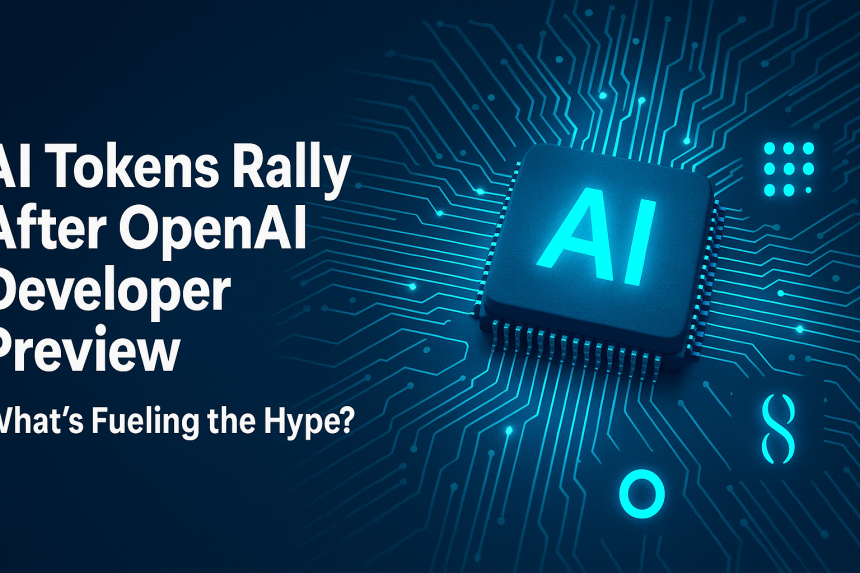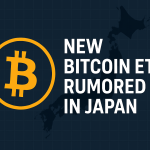On April 13, 2025, OpenAI unveiled its latest developer preview, showcasing new tools for autonomous agents, multi-modal AI systems, and streamlined API integrations. Within hours, a wave of AI-linked cryptocurrencies saw sharp price surges—some jumping more than 10% intraday.
The rally has reignited interest in the intersection of AI and blockchain, where projects aim to decentralize data, computation, and intelligence infrastructure. But is this a real shift in momentum, or just another speculative spike?
What Did OpenAI Announce?
At the core of OpenAI’s preview was the introduction of:
- Agent API framework for multi-step automation
- Enhanced image+text+code processing capabilities
- Better support for AI model monetization by developers
While not directly related to crypto, the announcement triggered excitement in blockchain circles, where decentralization of AI tools is a growing narrative.
Immediate Market Reaction
Several major AI-focused tokens saw notable jumps:
| Token | 24H Price Change | Market Sentiment |
|---|---|---|
| FET (Fetch.ai) | +12.4% | Positive — Autonomous agent thesis strengthened |
| AGIX (SingularityNET) | +9.7% | Renewed focus on decentralized AI marketplaces |
| OCEAN (Ocean Protocol) | +7.3% | Data-sharing relevance spiked |
| NUM (Numeraire) | +5.9% | Interest in AI-driven prediction models |
These tokens are often grouped under the “AI narrative” within crypto, meaning their value is tied not just to current utility but long-term potential in a world where AI infrastructure must be democratized.
Why AI + Crypto Is Gaining Attention
The convergence of AI and blockchain is still emerging, but several themes are driving the momentum:
1. Decentralized Data Ownership
Blockchain ensures that individuals—not corporations—own their data. Projects like Ocean Protocol are focused on secure, privacy-preserving data marketplaces that AI models can learn from.
2. Incentivized Model Training
Crypto tokens can be used to incentivize people to train or run models, as seen in platforms like Numeraire and Gensyn.
3. Trustless Agent Infrastructure
Tools like Fetch.ai aim to build networks of autonomous “agents” that execute smart tasks (e.g., logistics, trading bots) without central control.
Investor Sentiment and Risks
While many are bullish on the long-term synergy, some warn of overexuberance.
Bullish Case:
- AI is the hottest tech trend of the decade.
- Open-source AI tools will need decentralized infrastructure.
- Crypto-native protocols already provide incentivization layers AI lacks.
Bearish Case:
- Most AI tokens lack clear product-market fit.
- Price spikes are often speculation-driven, not fundamentals-based.
- Regulatory scrutiny may increase around tokenized AI models.
Looking Ahead
The next few months may be critical for AI-token ecosystems:
- Fetch.ai and SingularityNET have developer updates and model integrations scheduled for Q2.
- OpenAI’s evolving tools could lead to more hybrid projects—combining AI agents with on-chain behavior.
- We may see the rise of AI-driven DAOs, where autonomous models govern treasuries and protocol decisions.
Final Thoughts
The recent rally in AI tokens highlights the growing belief that the future of AI won’t just be centralized—it will be decentralized, tokenized, and incentivized. Whether this is the start of a long-term trend or another hype cycle remains to be seen, but one thing is certain: the lines between crypto and AI are beginning to blur.
As AI tools become more accessible, blockchain may become the infrastructure layer that ensures they remain open, fair, and trustless.



